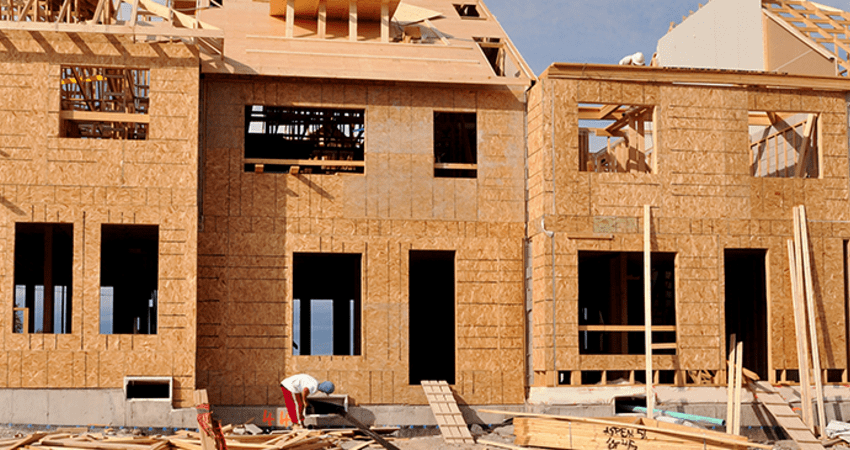
Rental Outlook Includes Challenges for Affordability and Services
- Title:
- Rental Outlook Includes Challenges for Affordability and Services
- Author:
-
Joint Center for Housing Studies of Harvard University
- Source:
- Publication Date:
-
2015
The biennial America’s Rental Housing report from the Joint Center for Housing Studies at Harvard University spans the topics of rental demand, supply, market conditions, affordability, and policy challenges. In addition to documenting the growth in renter households, broad demand for rental housing, and diversity of the rental housing stock, the report shines a light on various issues that affect renters’ quality of life.
Major findings:
- At least 37 percent of renter households in each state were cost-burdened in 2014, with the highest shares of 54 percent or more in Florida, California, and Hawaii.
- Among low-income renters, housing cost burden was associated with less spending on food, healthcare, transportation, and retirement.
- Rental subsidies alone may not address the underlying causes of housing instability among very low-income households, who would benefit from integrating housing with supportive services to assist with job readiness, childcare, supports for aging, and other needs.
- Housing quality issues tend to be more prevalent among lower-cost rentals, with 12 percent of units renting for less than $400 a month having structural or maintenance problems compared with 7 per-cent of units renting for at least $1,000 a month.
- Compared with public housing, Low-Income Housing Tax Credit properties and households with voucher assistance are less concentrated in high-poverty areas.
- Federal funding for necessary repairs to the nation’s aging public housing stock continues to decline—appropriations for the public housing capital repairs program fell in real terms from about $2.8 billion in FY2010 to just under $1.9 billion in FY2015.
- Older rentals remain less energy-efficient than newer ones; in 2009, rentals built in the 2000s consumed 28 percent less energy on average than those built before 1980.
- More than half (53 percent) of the units with project-based rental assistance are at risk of being removed from the affordable rental stock between 2015 and 2025.
- The largest share of the growth in renters in 2005-2015 – 55 percent – was among households age 50 and older; 34 percent was among households age 30-49, and 11 percent was among households under age 30.


